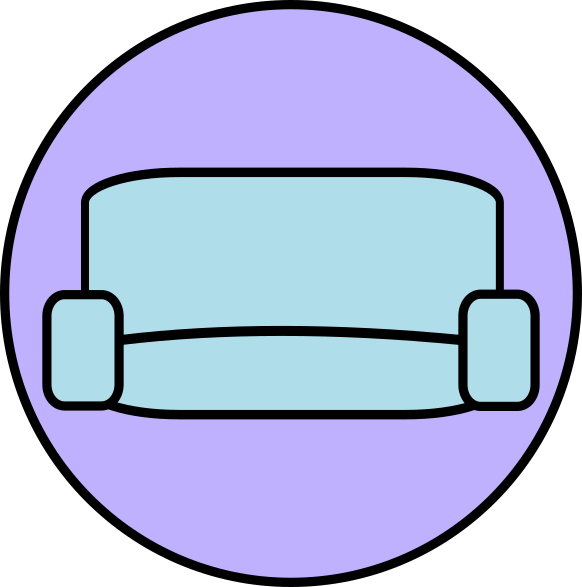When the MeToo movement took off across the globe in 2017, it changed how we think about artists and their art.
As victims of sexual harassment and assault spoke out, the public became more aware of the behaviour of well-known people, including successful artists. Audiences immediately began to view these artists’ work through the lens of their actions.
As a result, many of our favourite books, songs and art works became irrevocably tainted by the transgressions of their creators.
Admiring the work of Pablo Picasso — the cubist artist who burned his partner Françoise Gilot’s face with a cigarette (and painted it) — or Alfred Hitchcock — the film director who tried to destroy actress Tippi Hedren’s career when she rebuffed his advances — became a less straightforward proposition.
“In the aftermath [of MeToo], people were left wondering what to do about their heroes,” US critic Claire Dederer writes in her new book, Monsters: A Fan’s Dilemma.



I like your points. The only part I think that could still be debated is definition of an artist. Actors and singers are considered by many to be artists (though of course the definition of artist is subjective), and we are far more likely to recognize them in their art than we probably are to recognize, say, a painter or sculptor, thus making it harder not to idolize them as artists.
But I still agree with you.